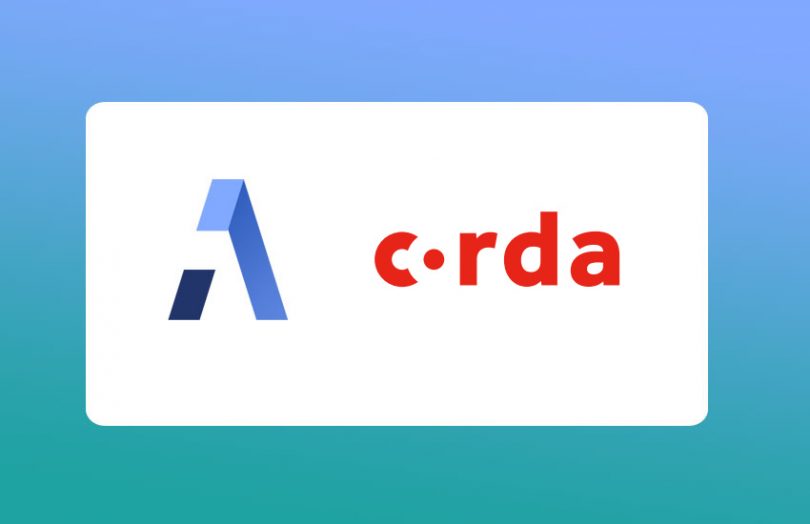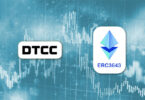Today Digital Asset announced that its cross-platform smart contract language DAML is now available for developing applications on enterprise blockchain R3’s Corda.
Digital Asset recently announced an investment from VMware, which added to its total funding of more than $150 million from big names such as Salesforce, Samsung and IBM. It also has plenty of capital markets backers, including Australian Securities Exchange ASX, Citi, DTCC, JP Morgan and Goldman Sachs.
DAML is designed for business workflow and already works with other major blockchains such as Hyperledger Fabric, Sawtooth and Besu, VMware Blockchain as well as Amazon’s QLDB and multiple databases. Although the DAML language is open source, the integrations generally are not.
Corda was previously integrated with DAML as a prototype but has since moved towards a production version, and today it was announced IntellectEU and DataArt will be integration partners. The integration is both for the open source and enterprise versions of Corda. Until now all smart contract applications for Corda were written in Java or Kotlin.
One of the major benefits of DAML is an application can be developed using almost any permissioned distributed ledger technology (DLT), and the blockchain or DLT platform can be switched later without needing to change the application. As reported earlier today, Digital Asset aims to make DAML enable interoperable applications across blockchain protocols.
“DAML is the easiest and most robust way to develop distributed applications for businesses that we have seen,” said Thomas Bohner, VP IntellectEU. The company has numerous clients in the finance sector, such as Belfius, Capital One, KBC, SWIFT, Euroclear and ASX. It is providing integration support for Corda based trade finance platform Contour and DAML for Hyperledger Fabric. Additionally, it has its Catalyst Blockchain Platform for speedy blockchain deployment.
“DAML’s ledger-agnostic approach to application development makes it easier to build, deploy, change and share new services across multiple platforms. Interoperability is paramount and DAML affords us that opportunity, paving the way towards a much-needed interconnected business environment,” said Denis Baranov of DataArt.
When asked why Digital Asset chose these integration partners, the response was that these were the firms mentioned by clients that wanted to adopt Corda with DAML.
Digital Asset CTO Shaul Kfir complemented R3 when Ledger Insights spoke to him. “I’m a fan of the architecture decisions of R3 and they have a good user base,” said Kfir. “We hear early feedback from customers who are using DAML and Corda (which) is very positive. It’s a very powerful mix to have Corda as the infrastructure and DAML as the way of running apps.”
DAML on Corda is currently available for developers with a production version expected in Q3 and enterprise features by the end of 2020.






